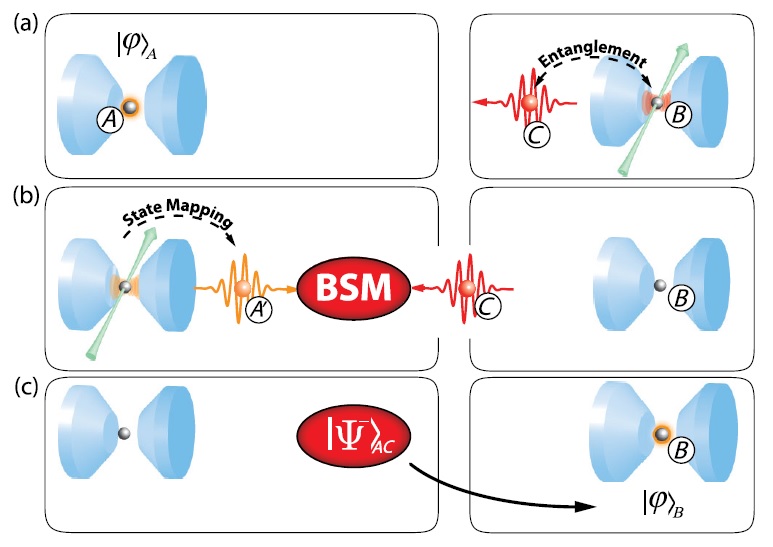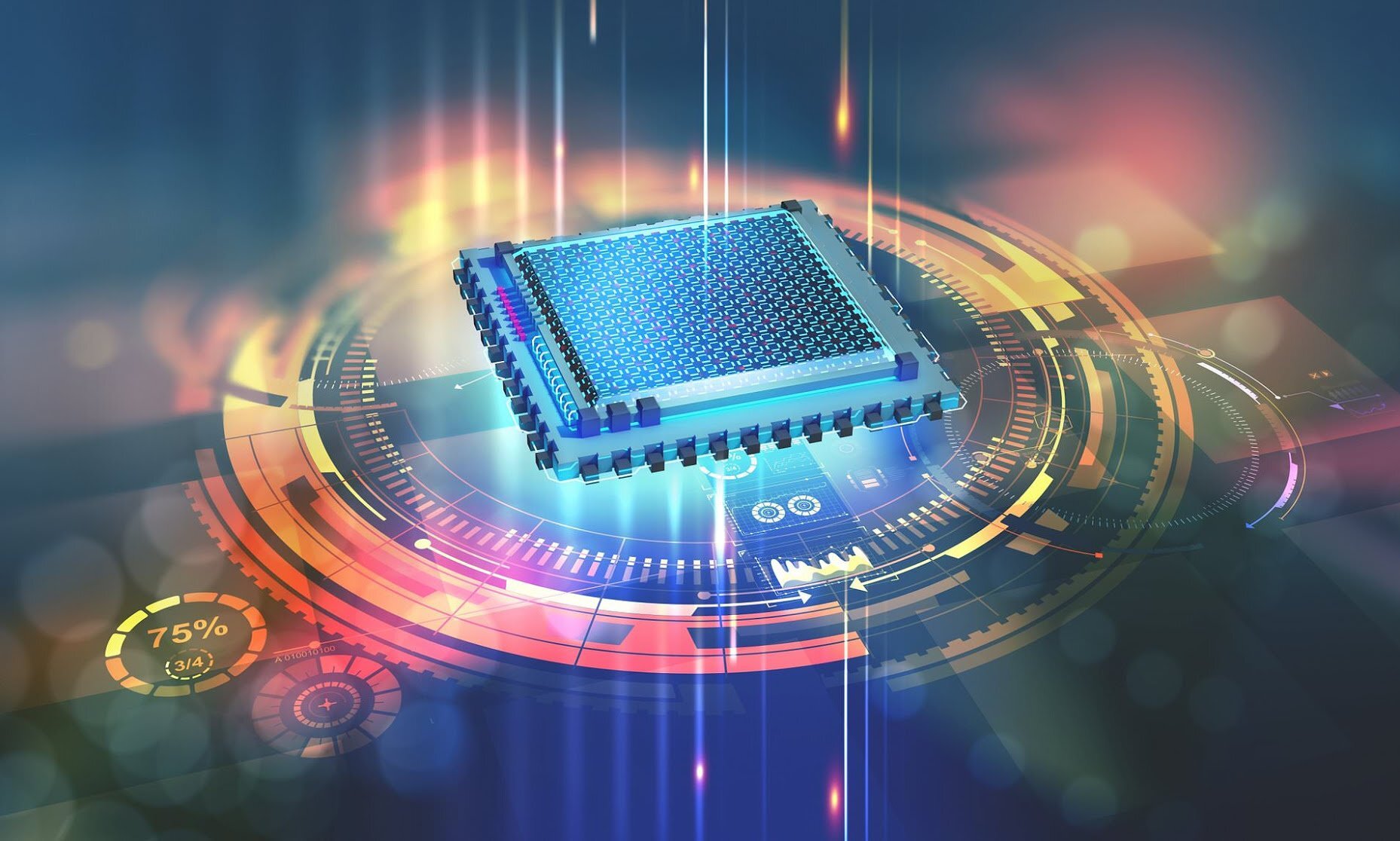Scientists achieved high-quality quantum teleportation between computer chips, where photons on either chip share a single quantum state. Each chip was fully programmed to perform a range of demonstrations which utilise the entanglement. Hypothetically, quantum teleportation between chips can work over any distance. Two particles get inextricably linked together, which means looking at one tells us something about the other, wherever it is (in this case, on a separate computer chip). Teleportation is not only useful for quantum communication but is a fundamental building-block of optical quantum computing. Establishing an entangled communication link between two chips in the lab however has proven to be highly challenging.

To achieve their result, the team generated pairs of entangled photons, encoding quantum information in a way that ensured low levels of interference and high levels of accuracy. Four qubits – the quantum equivalent of classical computing bits – were linked together. Researchers inserted entangled photons, carrying quantum information, into spatially separated silicon chips. Then, by measuring the photon on the first chip, it became possible to derive the original state of the first chip from the change in the entangled photon on the other chip. The information was thus indirectly copied between the two chips.
Two-chip teleportation where the individual quantum state of a particle is transmitted across the two chips after a quantum measurementhas achieved the fidelity of 91 percent. This measurement utilises the behaviour of quantum physics, which simultaneously collapses the entanglement link and transfers the particle state to another particle already on the receiver chip.
The low data loss and high stability of the teleportation, as well as the high level of control that the scientists were able to get over their experiments, are all promising signs for development of quantum teleportation.

In the future, a single Si-chip integration of quantum photonic devices and classical electronic controls will open the door for fully chip-based CMOS-compatible quantum communication and information processing networks.
Read more about quantum computing and machine learning here

Leave a Reply